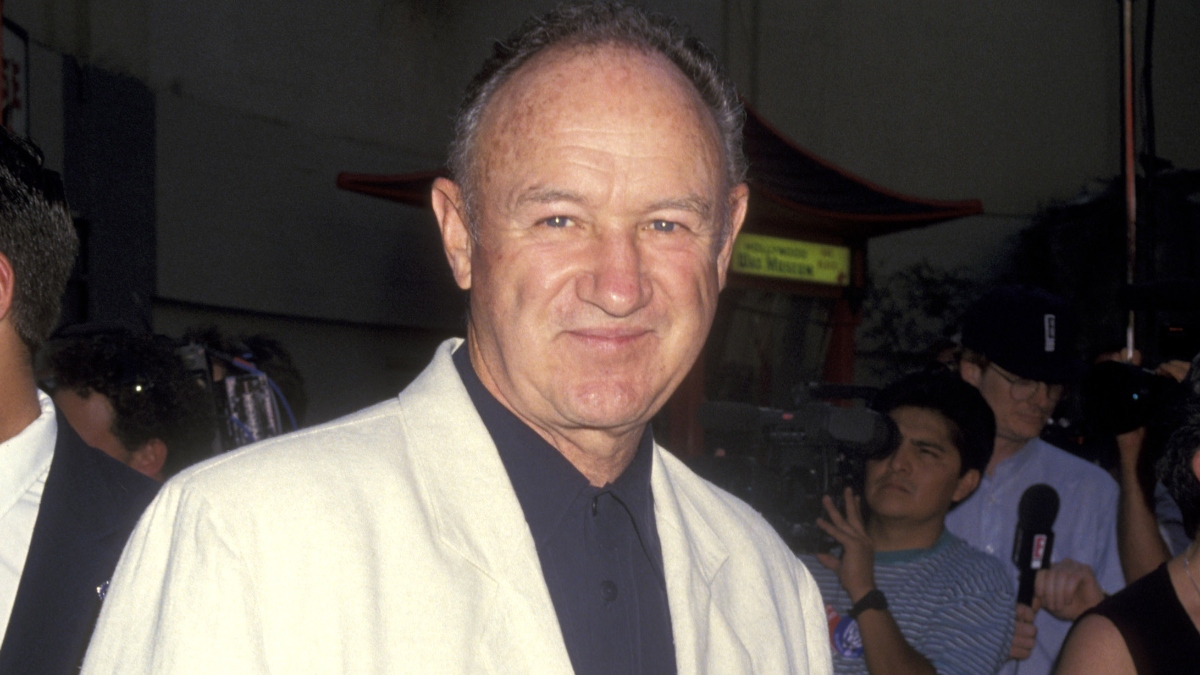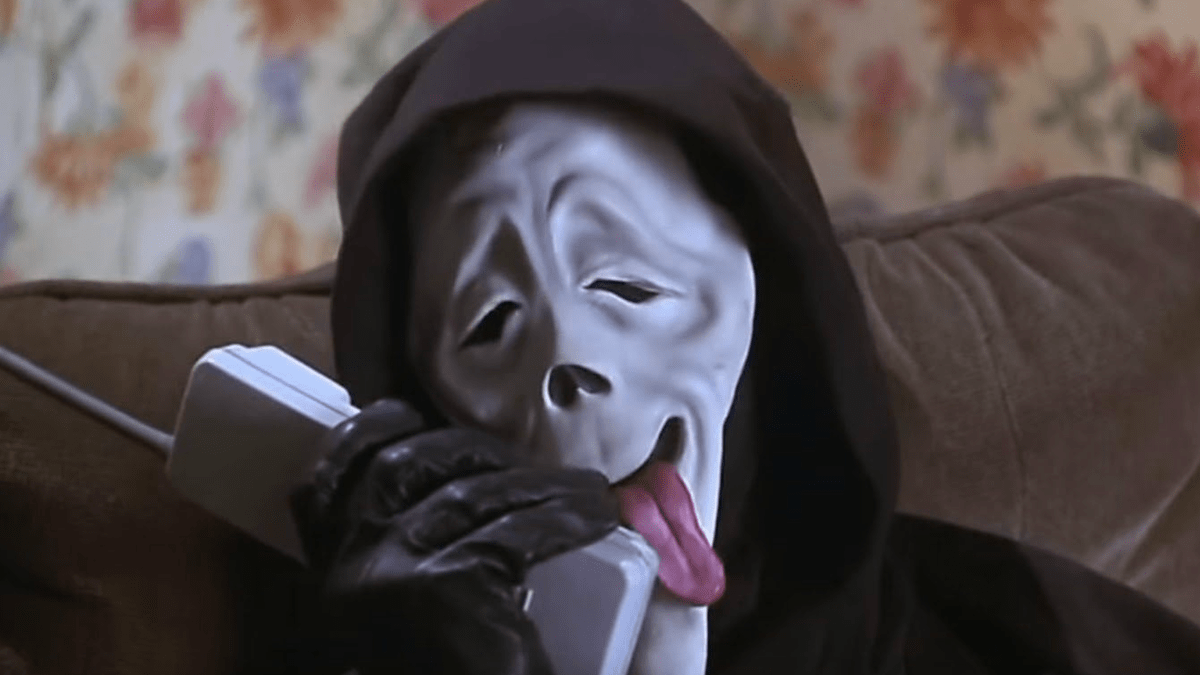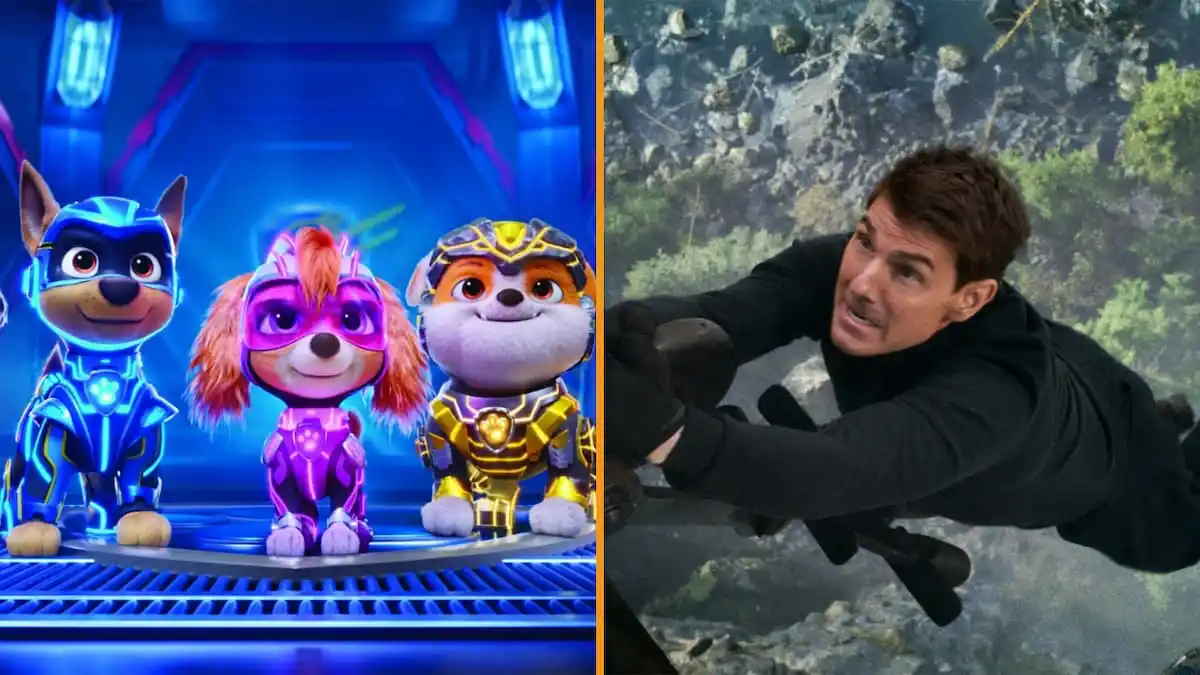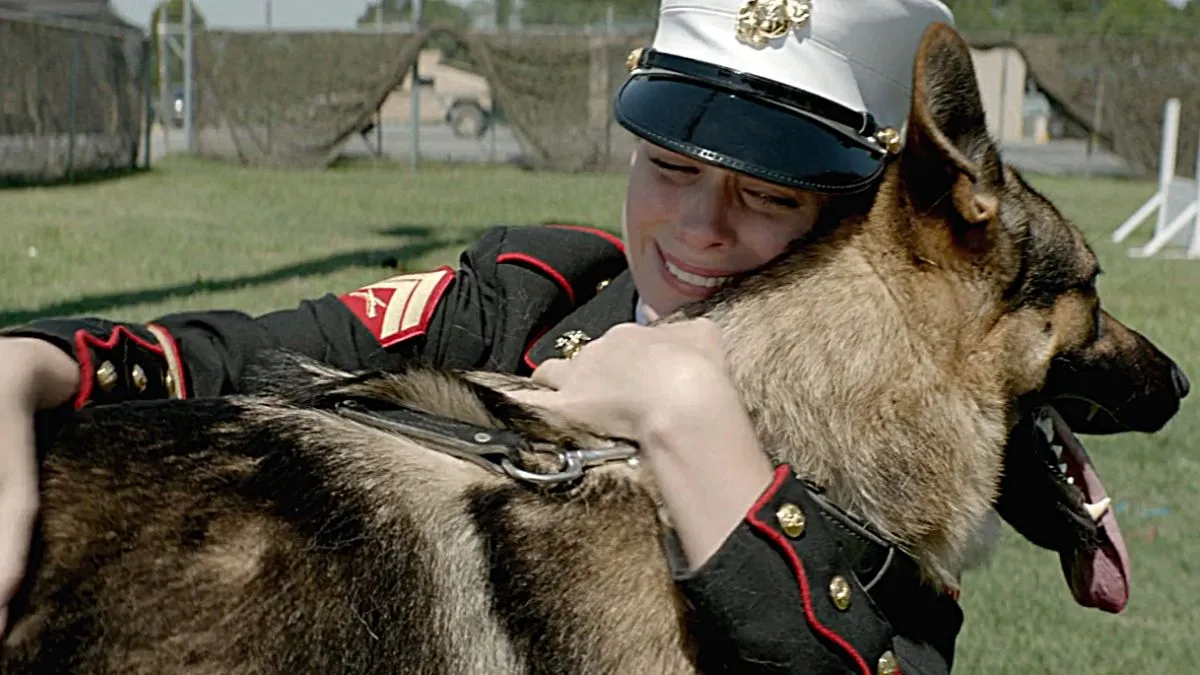
One of Denmark’s greatest cultural exports, actor Mads Mikkelsen, has been dazzling (and frightening) North American audiences for more than a decade. He is best known domestically for his portryals of Le Chiffre in 2006’s Casino Royale and his chilling turn as Dr. Hannibal Lecter on the NBC drama, which is heading into its third season this spring. Foreign film lovers likely know his face from a variety of movies that have found modest success here, including three Danish Oscar nominees: After the Wedding, A Royal Affair and The Hunt.
Mikkelsen’s latest effort is a gritty western called The Salvation (you can read our review here). In the thriller, which premiered at last year’s Cannes Film Festival, the actor plays a Danish settler out for retribution against a gang leader after his family is brutally murdered.
Earlier this week, we sat down with Mikkelsen to discuss his new role. During our exclusive interview, he spoke about why he fell in love with the western, how he almost lost one of his fingers while working on The Salvation and what viewers can expect from Hannibal’s third season.
Check it out below, and enjoy!
Due to how much time you spend shooting Hannibal, you can probably only pick a couple of films each year. What hooked you into choosing The Salvation?
Mads Mikkelsen: I think I’ve always had to pick and choose whatever I want to work on. If I’m not happy with what I’m doing, it’s probably not going to end up that interesting. This was not any different. The Salvation was a project I heard about years ago,. I heard that Kristen [Levring, the director] wanted to make a western. And then it was forgotten about, and then it came back to me and he had it on paper now. And I read it. It made sense to have Danish, German, French and Italian people in a western, because obviously, as we know, America was founded, or at least created by foreigners. So we had a really nice excuse to dig into the genre and make it ours, a Scandinavian story.
Before working on a western, did you revisit any favorites of the genre?
Mads Mikkelsen: I did not. I know it’s a big homage and pays tribute to a lot of the westerns that [Levring] loves. I have my favorites. I watched westerns when I was a kid, like everybody else, but I wasn’t a total nerd or geek about it. I kind of fell in love with westerns heavily when I started watching Sergio Leone’s westerns. Most recently, I would say that Unforgiven is one of my favourite westerns, as well.
Throughout the film, there are a lot of physically demanding sequences, whether it’s being tied up in the beating sun against a wooden pole or the action scenes near the end. Do you make a point of either doing your own stunts or exerting yourself for these tough scenes?
Mads Mikkelsen: It’s both. I think it’s important to do as much as you can with the actor in the situation. Unless you want to do it like they do on MTV… constantly edit, edit, cut, cut, so you have no idea what’s happening. There’s more impact for people when you see it’s the real character – not necessarily the actor. If we start thinking, “Oh my god, the actor is doing it,” there’s something wrong. But if we start seeing that the character is there, there’s something right.
How much choreography is there in the shootout near the end, and how long did it take to film?
Mads Mikkelsen: It took about a week to do the whole shootout, also because as you can see, the cinematography is fantastic. It’s not just a handheld thing where you do it once or twice. You have to wait for the sun and have the exact right angle. We do it again and again, so in terms of choreography, it’s not one big dance. It’s little pieces that will be put together in the end. On other stunts where it’s been a fight for four minutes, which is actually done in one solid piece, that takes a lot of choreography. But it was actually more difficult just to hang on a pole, for day after day, even though it might end up with just a few minutes in the film. I spent at least four days hanging upside down, and it takes a toll just hanging there.






